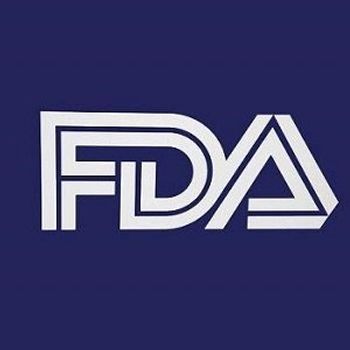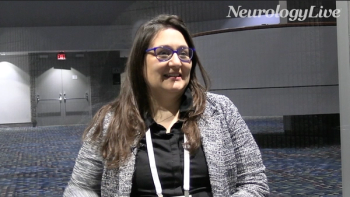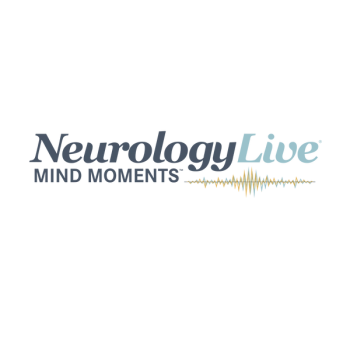
|Slideshows|June 20, 2018
Updated Clinical Guidelines on the Ketogenic Diet in Children with Epilepsy
Author(s)Veronica Hackethal, MD
Nearly a decade in the making, revised guidelines provide 8 key points for effective nonpharmacologic treatment of epilepsy in childhood.
Advertisement
Newsletter
Keep your finger on the pulse of neurology—subscribe to NeurologyLive for expert interviews, new data, and breakthrough treatment updates.
Advertisement
Latest CME
Advertisement
Advertisement
Trending on NeurologyLive - Clinical Neurology News and Neurology Expert Insights
1
Survey identifies Fever-Related Seizure Reduction as Key Feature of CDKL5 Deficiency Disorder
2
FDA Action Update, November 2025: Approvals, Clearance, and Boxed Warning
3
FDA Clears Pivotal Phase 3 PREVAiLS Study of Pridopidine in Early, Rapidly Progressive ALS
4
Z-Rostudirsen Meets Primary End Point in Phase 1/2 DELIVER Trial for Duchenne Muscular Dystrophy
5































